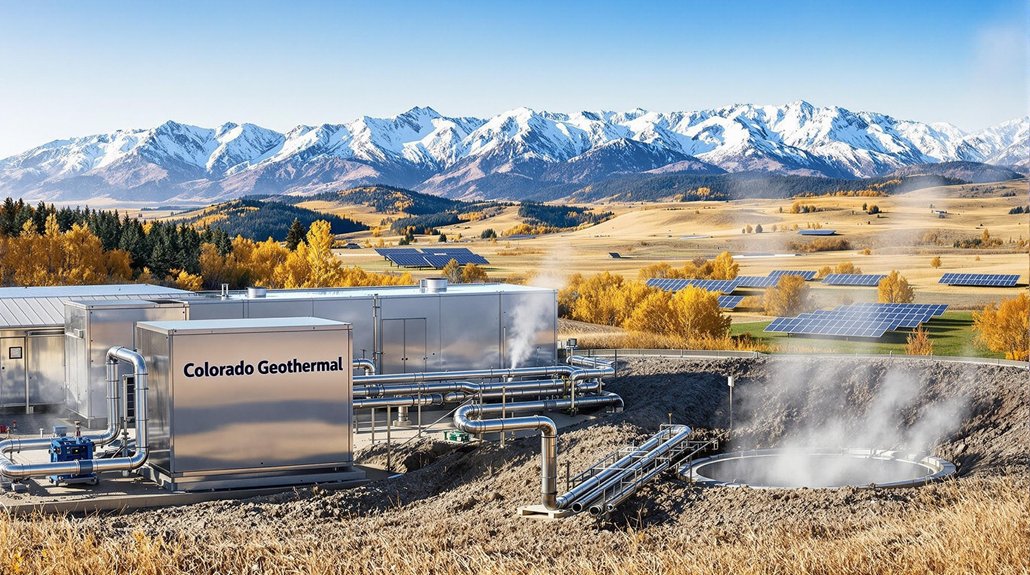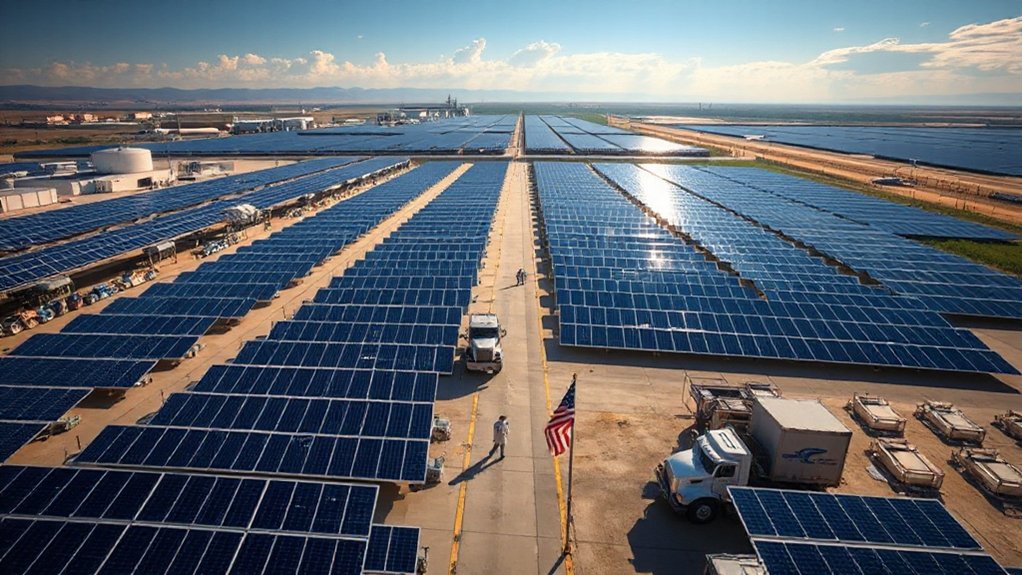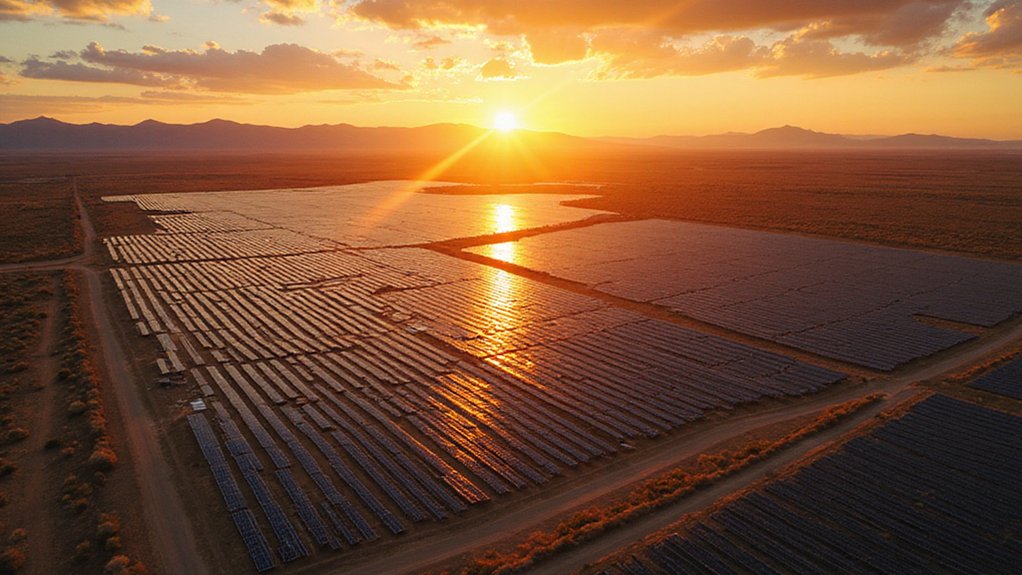Solar panel companies often advertise “free energy” through leasing programs, but homeowners should understand what they’re signing up for. These arrangements eliminate upfront costs but introduce monthly fees that can exceed ownership costs over time. Most leases include annual price escalators, send valuable tax incentives to the leasing company, and create potential complications during home sales. The long-term financial impact of these 20-25 year commitments might surprise many consumers.
Many homeowners are drawn to advertisements promising “free solar panels,” but these offers often hide the full story. What companies market as “free” typically refers to solar leases or Power Purchase Agreements (PPAs) that require no upfront payment. However, consumers still pay monthly fees for using the panels or for the electricity they generate.
These arrangements involve different financial structures. With solar leases, homeowners pay fixed monthly amounts to use the equipment. Under PPAs, they pay for each kilowatt-hour of electricity the panels produce. In both cases, the solar company retains ownership of the system.
The financial implications of leasing differ greatly from purchasing solar panels. While leases eliminate initial costs, they often result in higher long-term expenses. Homeowners who lease panels can’t claim valuable federal tax credits or local incentives that reduce ownership costs. These benefits go to the leasing company instead.
Leasing solar panels may eliminate upfront costs, but ownership delivers greater long-term value and tax advantages.
Leased systems also create complications when selling a home. Potential buyers must qualify for and agree to take over the lease, or the seller must pay to terminate the agreement. This contrasts with owned systems, which typically increase property value. Unlike leased systems, purchased solar panels can increase home value while offering clean energy production for 25+ years with minimal maintenance requirements.
The contracts for leased systems frequently contain annual price escalators, causing monthly payments to rise over time. These escalation rates typically range from 1% to 5% annually, reducing the financial benefits compared to fixed utility costs. This can diminish or eliminate expected savings on electricity bills. Many agreements last 20-25 years, locking homeowners into long commitments. Homeowners should be particularly cautious of deals using high-pressure sales tactics that rush decisions without providing complete information about long-term obligations.
While leasing companies handle maintenance and repairs, this convenience comes at a cost. The total paid over the lease term usually exceeds what homeowners would spend to purchase and maintain their own system.
Consumers looking to go solar have other options. Solar loans allow homeowners to finance system purchases with little or no money down while still claiming tax benefits and incentives. Unlike with leases, loan payments eventually end, maximizing long-term savings.
The reality is that solar energy isn’t free. Understanding the differences between leasing and ownership helps homeowners make informed decisions about their energy investments.








